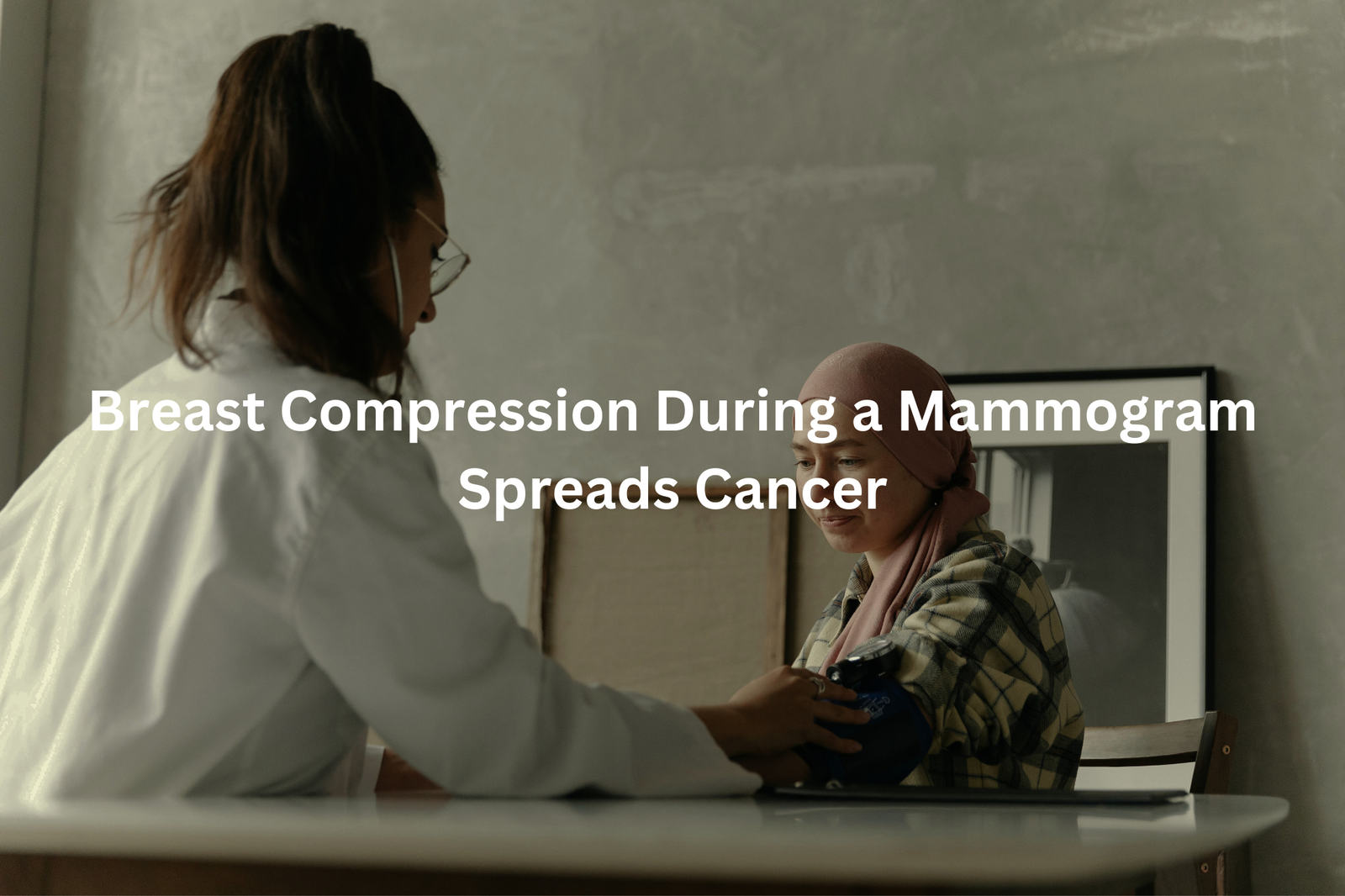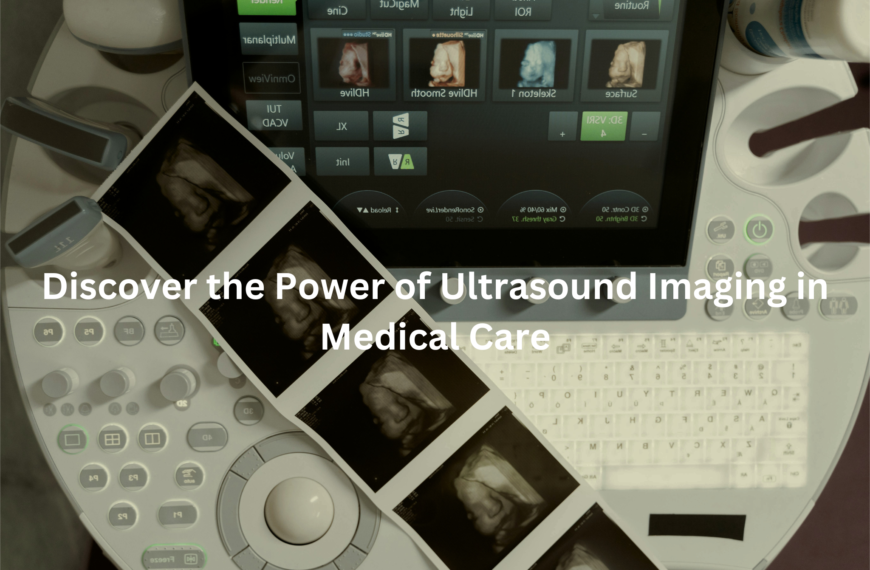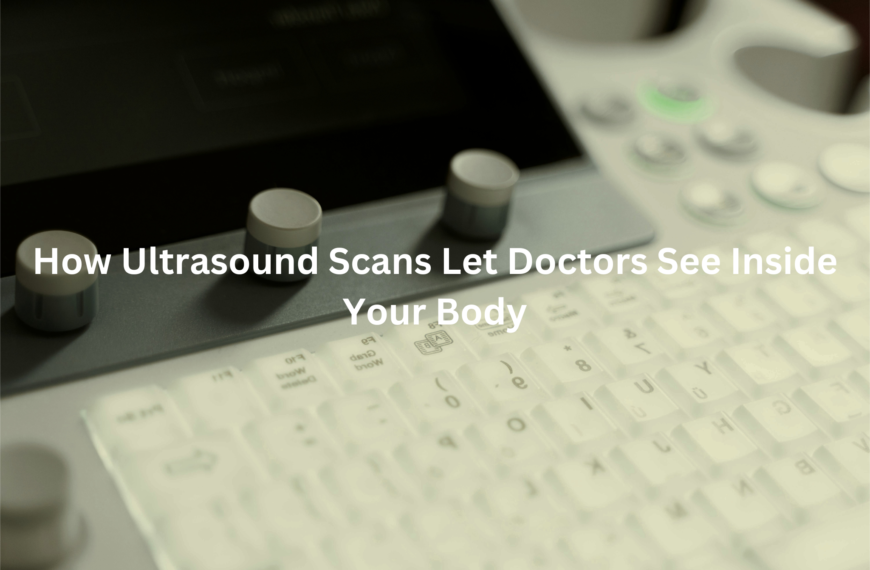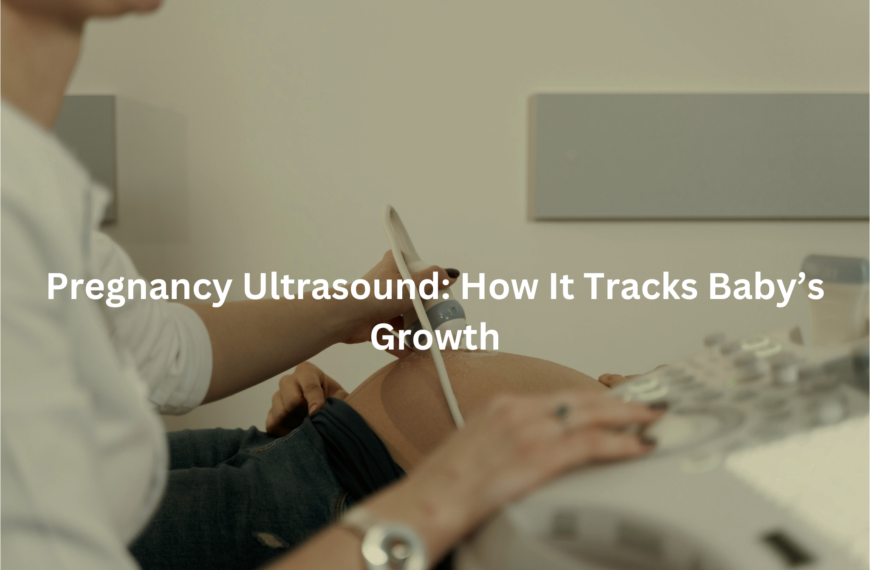Worried mammograms might be dangerous? Don’t let myths stop you from protecting your health—here’s what’s true.
Mammogram myths can be really confusing. Some folks think wearing underwire bras or using deodorants can cause breast cancer, but that’s not true. I remember my Aunt Sue was worried about getting a mammogram because she heard it might hurt or make cancer spread, which is totally a myth.
Mammograms are safe and important for early detection. They help find cancer before it gets worse, so avoiding them isn’t the answer. Keep reading as we clear up these common myths and share the real facts about mammograms. It’s important to know the truth for your health!
Key Takeaway
- Mammograms are important for detecting breast cancer early.
- Many common beliefs about breast cancer are myths.
- Understanding these myths can help women make informed decisions.
Mammograms Can Prevent Breast Cancer
A mammogram image shows different shades of grey, much like looking at storm clouds. For trained radiologists, these images provide essential information about breast health.
Mammography uses low-dose X-rays (about 0.4 millisieverts per scan) to detect breast abnormalities. The process can find tumours as small as 5 millimetres – roughly the size of a pencil eraser – before they become noticeable through physical examination.
What mammograms do(1):
- Create detailed breast tissue images
- Find tiny calcium deposits
- Show tissue changes
What mammograms don’t do:
- Stop cancer from developing
- Fix existing problems
- Guarantee 100% accuracy
The Australian Department of Health suggests women aged 50-74 get mammograms every two years. Some medical centres recommend starting at 40, based on risk factors. Regular screening combined with healthy habits gives the best chance of early detection. Breast awareness and regular check-ups remain crucial parts of overall breast health monitoring. A mammogram serves as one tool in breast cancer detection.
Wearing Underwire Bras Causes Breast Cancer
Underwire bras don’t cause breast cancer, despite what some might believe. This common myth probably started from concerns about wire pressure on breast tissue or tight clothing trapping toxins in the body.
Research from Cancer Australia, which studied 1,500 women, found zero connection between wearing any type of bra and breast cancer risk. The real factors that affect breast cancer include:
- Being over 50 years old
- Having BRCA1 or BRCA2 gene mutations
- Extended exposure to oestrogen
- Lifestyle choices like diet and exercise
The following don’t increase cancer risk:
- Wearing underwire bras
- Sleeping in bras
- Using tight-fitting bras
Early detection through regular screening remains crucial. Mammograms can spot tumours as small as 2 millimetres, making them vital for early treatment. Women should watch for breast changes like lumps, skin dimpling, or thickening, and schedule regular check-ups with their healthcare provider. The choice of bra doesn’t affect cancer risk – but regular screening does make a difference.
Antiperspirants and Deodorants Cause Breast Cancer
The myth about deodorants causing breast cancer keeps making rounds in Australia, but medical facts tell a different story. Cancer Australia confirms no proven link exists between antiperspirants and breast cancer development.
Common ingredients in deodorants (aluminium compounds, parabens, synthetic fragrances) haven’t shown any connection to breast cancer in scientific research(2). The body removes toxins through the liver and kidneys, not through sweating.
Real breast cancer risk factors include:
- Being over 50 years old
- Having BRCA1 or BRCA2 gene mutations
- Extended exposure to oestrogen
- Regular alcohol intake (more than one drink daily)
Early detection makes the biggest difference. Modern mammogram machines can spot tumours as tiny as 2mm – about the size of a grain of rice. Regular screenings and knowing family medical history remain the most effective ways to manage breast cancer risk.
Women should focus on proven prevention methods rather than unproven claims about everyday products.
Breast Compression During a Mammogram Spreads Cancer

Mammogram compression raises questions about cancer spread – a common worry that medical science disproves. The process flattens breast tissue between two plates, creating pressure that’s uncomfortable but essential for accurate imaging.
The compression technique serves multiple purposes:
- Shows tiny details (down to 0.2mm)
- Reduces radiation exposure
- Minimises image blur
Research confirms compression doesn’t:
- Damage existing tumours
- Force cancer cells into blood vessels
- Create additional health risks
The pressure feels like a firm squeeze lasting 20-30 seconds. Discomfort levels vary, with increased sensitivity occurring during menstruation. The breast tissue spreads out during compression, letting radiologists spot abnormalities that hand examinations might miss.
While the process causes brief discomfort, the benefits outweigh temporary pressure. Modern mammography equipment uses precise compression to capture clear images while maintaining patient comfort. Regular screenings help detect breast changes early, when treatment options work best.
You Only Need to Worry About Your Mother’s Family History
Breast cancer risk runs through both sides of the family tree. Most folks look at mum’s side, but dad’s genes matter just as much.
The odds change based on family links (from either parent’s side). Having one close relative with breast cancer doubles the risk. Two close relatives push that risk five times higher. Those with BRCA1 or BRCA2 gene changes face up to 70% lifetime risk.
Yet, nine out of ten breast cancer cases show up in women with no family history at all. The disease doesn’t pick sides.
Medical pros look at several factors:
- Age
- Family history (both sides)
- Breast density
- Lifestyle choices
- Gene changes
Regular check-ups make sense for everyone. A GP can sort out when to start screening based on personal risk factors. Those with family history might need earlier or more frequent checks. Different states offer free screening through BreastScreen Australia for women aged 50-74.
Having Dense Breast Tissue is a Major Risk
Dense breast tissue, a common finding in mammograms, affects roughly 40% of women over 40 in Australia(3). The term describes breasts with more glandular and fibrous tissue compared to fatty tissue.
This condition makes mammogram readings more challenging (like trying to spot a white cloud against a white sky), but it doesn’t guarantee breast cancer. Medical professionals might recommend additional screening methods for clearer results:
- Breast ultrasound
- MRI scans
- 3D mammography
Women can’t feel breast density – it’s only visible through mammograms. The density level varies from person to person, and age can affect it too. Research shows breast density often decreases as women get older.
For women with dense breasts, doctors suggest:
- Regular screening appointments
- Following recommended testing schedules
- Discussing personal risk factors with healthcare providers
- Maintaining healthy lifestyle habits
The presence of dense tissue simply means careful monitoring is needed, not that cancer is inevitable.
Mammograms Expose You to a Lot of Radiation
Sources: The Cancer Guy.
Radiation brings out fear in people, deep-seated and often misguided. Walking through hospital corridors, watching patients shuffle nervously before their mammogram appointments, the anxiety feels almost tangible in the air.
The facts paint a different picture. A mammogram delivers just 0.4 millisieverts of radiation (that’s a measurement scientists use to track radiation exposure). To put this in perspective:
- Seven weeks of regular life exposes someone to this same amount
- A single Sydney-to-London flight doubles it
- Living in a brick house for a year? Triple that amount
The human body handles these small doses without trouble, like a swimmer managing tiny waves. Background radiation comes from everywhere – dirt, rocks, bananas (yes, they’re slightly radioactive), and even the human body itself produces some radiation.
Some patients skip their screenings, citing radiation concerns. But here’s what matters: mammograms find breast cancer early. Really early. When doctors can still do something about it.
Think about crossing a street. Looking both ways takes time, maybe feels unnecessary sometimes, but it’s worth those few seconds. Same with mammograms – that tiny dose of radiation? Worth it for the protection it provides.
For anyone still worried: talk to a doctor about the actual numbers. They’ve got charts, graphs, real data. Not just scary stories about radiation.
If You Have Breast Implants, You Can’t Get a Mammogram

Breast implants don’t block mammogram screenings. The process needs a few changes, but it works just as well for women with implants.
The mammogram technician must know about the implants before starting (this helps them plan the right approach). They’ll take extra pictures, called Eklund views, to check all the breast tissue properly. These special views push the implant back while bringing the breast tissue forward.
The process includes:
- Different compression techniques
- Extra images from more angles
- Special positioning of the breasts
Modern silicone and saline implants can handle the pressure of a mammogram. While some women might feel nervous about damage, studies show the chance of rupture during screening is tiny – less than 1 in 1,000.
Missing regular screenings creates a bigger health risk than any small chance of implant damage. Women aged 50-74 should get mammograms every two years, implants or not.
Only Women Need Mammograms
Men can develop breast cancer, yet many dismiss this fact. The statistics show roughly 1 in 670 men will face a breast cancer diagnosis during their life – a small but significant number.
Male breast tissue, though less extensive than women’s, remains vulnerable to cancer. Several factors might raise the chances of male breast cancer:
- Age (most diagnoses occur past 60)
- Genetic factors, particularly BRCA gene mutations in family history
- Higher oestrogen levels in the body
- Being overweight
- Previous radiation exposure to the chest
The lack of awareness creates a dangerous pattern. Men often miss early warning signs, leading to delayed diagnoses. Key symptoms need attention:
- Hard lumps in chest area
- Changes in nipple appearance
- Unusual chest pain or discomfort
- Skin changes or dimpling
Medical professionals suggest monthly self-checks for men with high-risk factors. Any unusual changes should prompt a doctor’s visit – quick action makes a difference.
You Should Get a Mammogram Every Year
Mammogram schedules vary for different women, and not everyone needs yearly screenings. Medical research shows the timing depends on several factors.
Current Australian guidelines suggest these screening patterns:
- Ages 45-54: yearly mammograms for average-risk women
- Ages 55+: every two years if previous screenings were clear
- High-risk cases: more frequent checks based on risk level
A woman’s risk factors shape her screening schedule (breast density, hormone levels, and genetic markers all play roles). Family history, particularly first-degree relatives with breast cancer, might mean starting screenings earlier than 45.
The BreastScreen Australia program offers free mammograms to women aged 40 and above, with a focus on those 50-74 years old. While some medical centres might suggest starting at 40, others recommend 50 for average-risk cases. Women should talk with their healthcare providers about their personal screening schedule. Each case needs its own assessment.
FAQ
What is the myth about cancer and mammograms?
Mammograms do not cause cancer. The small amount of radiation used in a mammogram is very low and not considered harmful. Mammograms are an important tool to detect breast cancer early, when it is most treatable.
Can mammograms cause breast pain?
Mammograms do not typically cause ongoing breast pain. Some women may experience temporary discomfort or mild pain during the mammogram, but this goes away quickly. Persistent breast pain is usually not a sign of breast cancer and has other potential causes.
Can mammograms detect breast cancer in the early stages?
Yes, mammograms are the best way to detect breast cancer early, when it is most treatable. They can find small tumours and changes in the breast that may be signs of cancer, even before a lump can be felt.
Do women at average risk need annual mammograms?
Yes, Cancer Council Australia recommends that women at average risk of breast cancer have regular mammograms from age 50. Women aged 40–49 can also access free screening if they choose. Regular screening is crucial for finding breast cancer early when treatment is most effective.
Can mammograms help increase breast cancer survival rates?
Absolutely. Mammograms play a crucial role in detecting breast cancer early, when it is most treatable. This dramatically improves survival rates—women diagnosed with early-stage breast cancer have a five-year survival rate of over 99%.
Is it a myth that Johns Hopkins does not recommend mammograms?
Yes, this is a myth. Johns Hopkins, like most major medical organisations, strongly recommends that women have regular screening mammograms to detect breast cancer early. Mammograms remain the best diagnostic tool for finding breast cancer in its most treatable stages.
What should I do if I need a breast biopsy after a mammogram?
Don’t worry—a breast biopsy does not necessarily mean you have cancer. Biopsies are commonly done to investigate abnormal findings on a mammogram, and the majority of biopsies turn out to be benign. Work closely with your doctor to understand the next steps.
Is it true that 3D mammograms expose women to more radiation?
No, this is a myth. 3D mammograms, also called tomosynthesis, use about the same low dose of radiation as a standard 2D mammogram. The advanced imaging technology helps detect breast cancer more accurately without increasing radiation exposure.
Can mammograms result in false positives or false negatives?
Yes, it’s possible for mammograms to sometimes detect something suspicious that turns out not to be cancer (false positive) or to miss a small cancer (false negative). But overall, mammograms remain the best screening tool available for breast cancer.
Is it true that mammograms are not recommended for younger women?
No, this is a myth. Cancer Council Australia recommends regular mammograms from age 50, with optional screening available from age 40. Younger women with a strong family history or other risk factors may need earlier screening—this should be discussed with a doctor.
Conclusion
Mammogram myths can create fear and confusion (which isn’t helpful). It’s really important to know the truth about these tests for your breast health. Mammograms can’t stop cancer, but they are great at finding it early. Speaking with your healthcare provider about your risk factors is a smart move. Also, getting regular screenings helps keep you healthy. So, take charge of your health and don’t let myths hold you back!
References
- https://nbcf.org.au/about-breast-cancer/detection-and-awareness/mammograms/
- https://www.cancer.org.au/iheard/can-deodorants-and-antiperspirants-with-aluminium-cause-cancer
- https://www.health.gov.au/sites/default/files/documents/2019/09/breastscreen-australia-position-statement-on-breast-density-and-screening-breastscreen-australia-2016-position-statement-on-breast-density-and-screening_0.pdf




